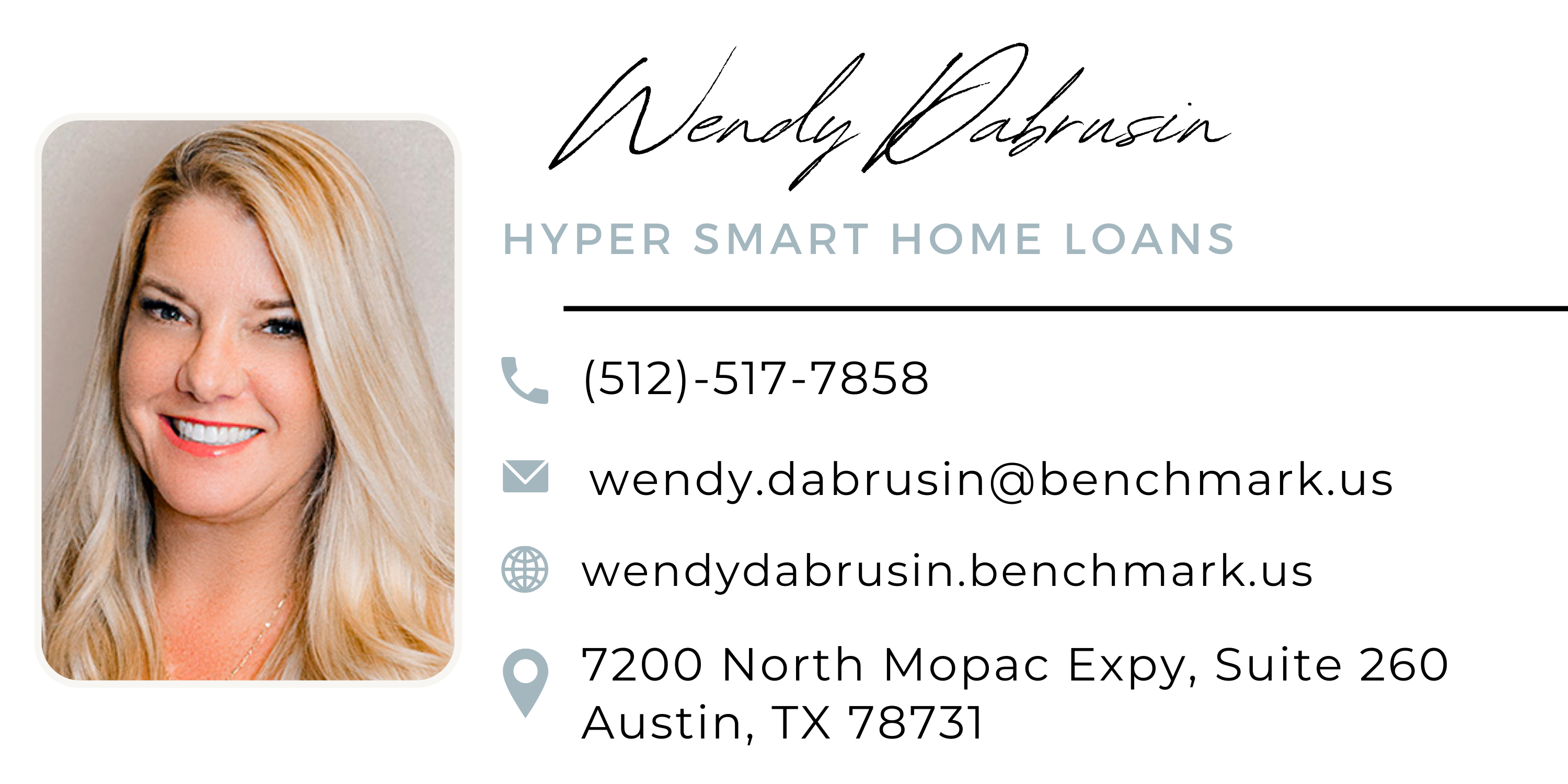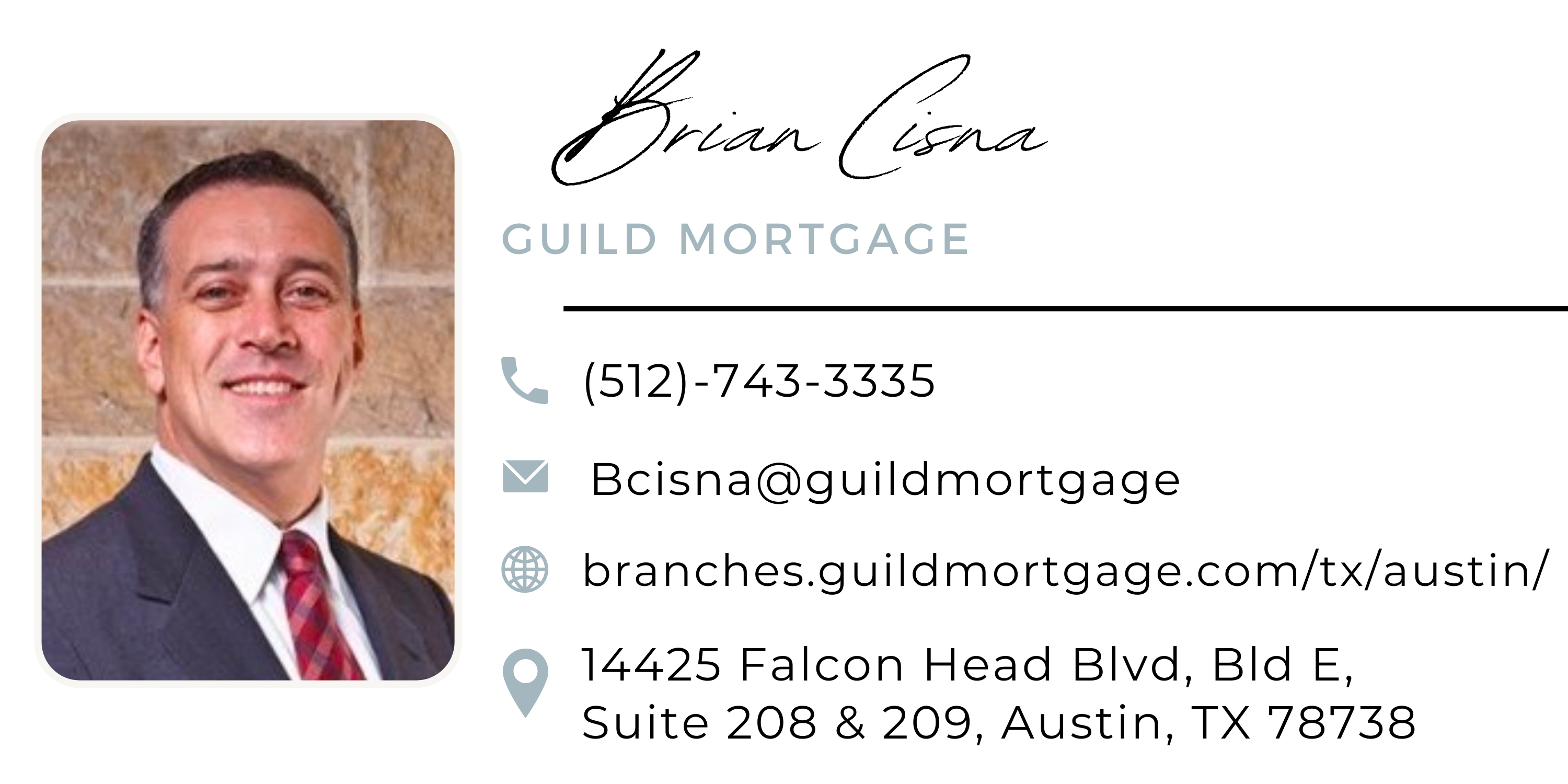Our Recommended Lenders
Recommended lenders for attentive and expert care in your home financing journey. They prioritize your needs to ensure a smooth path to homeownership.
%20(3000%20x%201500%20px)%20(1).png?width=3000&height=1500&name=Hannah%20Morales%20(3000%20x%201100%20px)%20(3000%20x%201500%20px)%20(1).png)





Down Payment
A common guideline suggests making a down payment of 20 percent of the home's price, although some mortgage options may only require as little as 3.5 percent down. The down payment serves to decrease the overall amount of your mortgage loan. Therefore, the more substantial your down payment, the lower your subsequent payments will be, or alternatively, the more expensive a home you can afford.
Interest Rate
The current average mortgage rate is automatically populated in this field, but your actual rate will vary based on factors such as credit score and the amount of your down payment.
Home Insurance
Lenders often require home insurance or homeowners insurance, depending on the loan program. The mortgage calculator allows you to modify this number in the advanced options.
Term of the Loan
The loan program you select influences both your interest rate and monthly payments. Options range from a 30-year fixed-rate to a 15-year fixed-rate, among others, as indicated in the calculator.
Property Tax Rate
The mortgage payment calculator includes an estimate of property taxes based on the home's value, and this can be adjusted in the advanced options.
HOA Fees
Homeowners association fees (HOA fees) are monthly payments made by owners of specific residential properties. These fees contribute to the maintenance and improvement of properties within the association.

Various mortgage loans are available, with fixed-rate and adjustable-rate loans being the most prevalent. Fixed-rate loans maintain a consistent interest rate throughout the loan's entire duration, ensuring stable monthly payments, even for extended periods like 30-year fixed-rate mortgages. This loan type offers the advantages of stability and the ability to calculate your total interest upfront. In contrast, adjustable-rate mortgages (ARMs) have interest rates that may fluctuate over time. Typically, they commence with a lower interest rate than fixed-rate loans and maintain that rate for a predetermined number of years before transitioning to annual rate changes. For example, a 5/1 ARM entails a fixed interest rate for the initial 5 years, followed by annual adjustments. The primary benefit of an adjustable-rate loan lies in starting with a lower initial interest rate.
